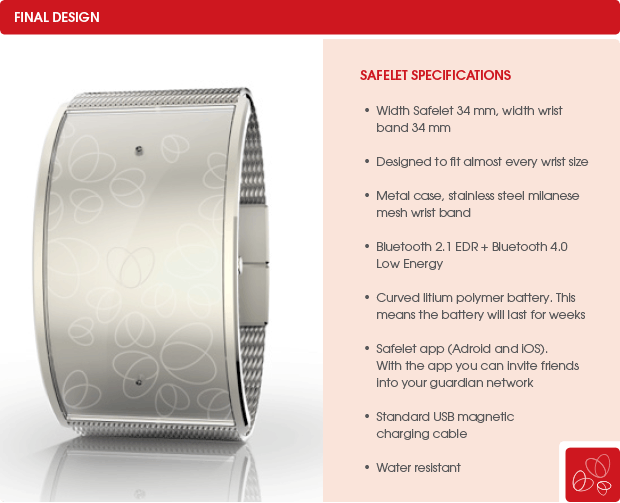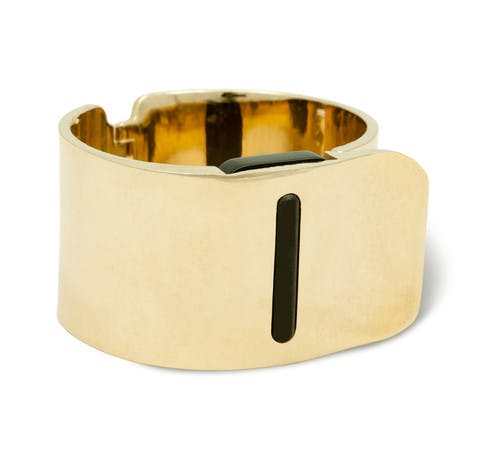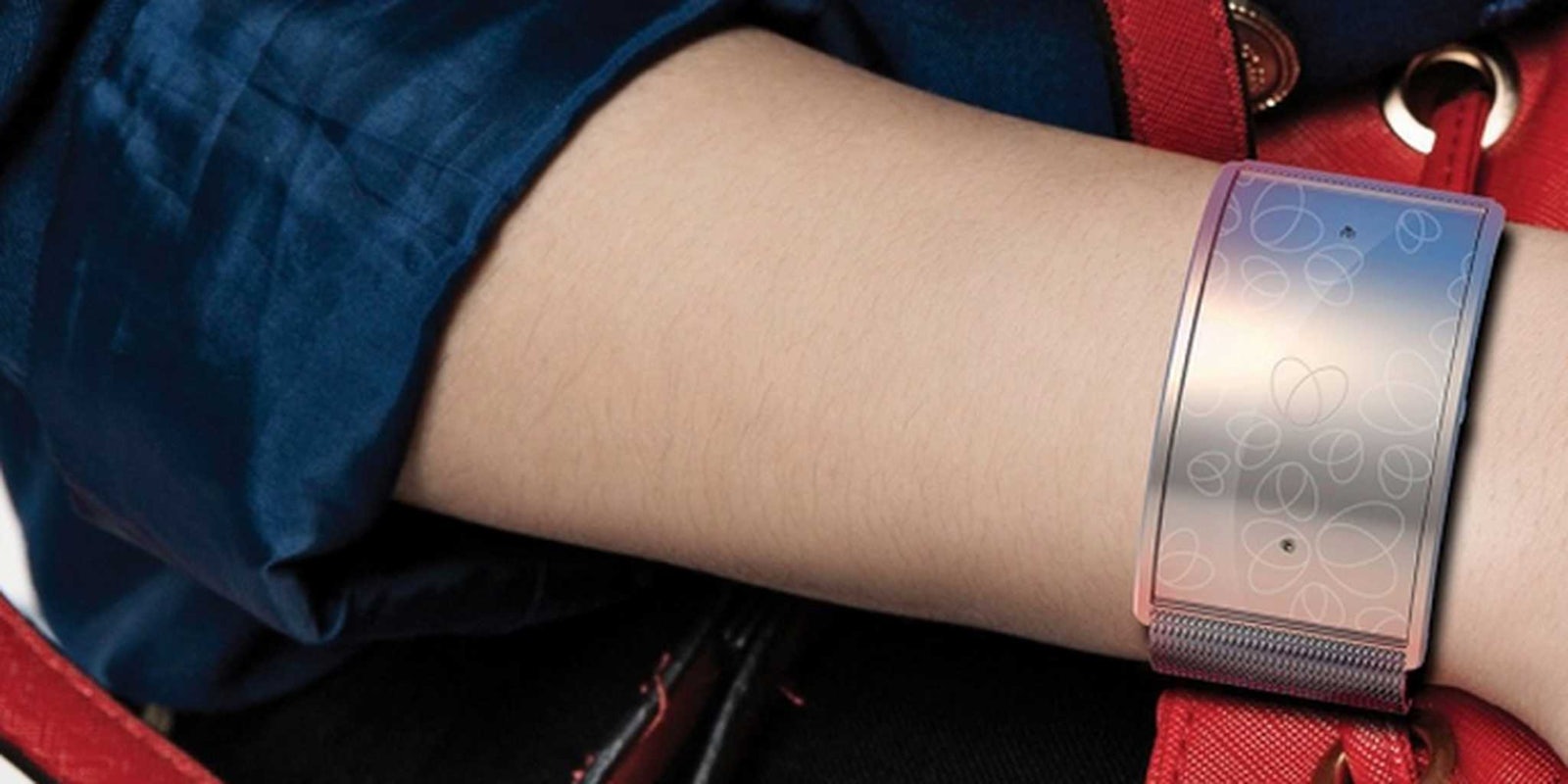In December of 2012, a 23-year-old New Delhi woman and her 20-year-old male companion were returning home from an evening movie when they were lured onto a bus by a group of young men. The six men proceeded to beat the man into submission and take turns raping the woman, who eventually died from internal injuries sustained during the brutal attack.
Half a world away, in Amsterdam, Herman Veenstra was sickened by the news. Reading a Dutch newspaper article about the event, he was struck by a passing mention that in Amsterdam an average of two women each day report a sexual assault, and that police estimate the actual incidence of sexual assault is much higher.
“I was shocked by the statistic, but I was even more shocked when I realized this is not publicly known,” Veenstra said. “The media doesn’t write about these incidents on a daily basis. Apparently it’s not worth an article anymore.”
That same week, Veenstra’s daughter gave a presentation at her school arguing that women in Amsterdam should be allowed to carry self-defense sprays like Mace, which is currently not permitted.
The two events prompted Veenstra, the CEO and cofounder of Dutch tech startup Everfind, to consider how technology might be able to give women a swift and legal way to call for help during a violent assault. He and a team of eight engineers, app developers, and marketing experts began to develop Safelet, a $129 connected bracelet that lets the wearer send out an alert to friends, family, and police during an attack. It’s currently collecting funding on Indiegogo.
The device uses a Bluetooth low energy connection to sync to an app on the wearer’s smartphone. The app lets the wearer decide who she wants to notify in case of an emergency: friends, family members, the police, or the “Safelet community,” a group of Safelet users who agree to field emergency calls from other wearers. To activate the Safelet, the wearer must press two buttons, one on either side of the bracelet—a feature designed to cut down on false alarms, Veenstra said.
When the device is activated, the user’s “guardian network” is notified of an emergency. Meanwhile, the app activates the user’s smartphone microphone to record the incident. The app can also transmit the wearer’s location and a recording of the incident to the police; in that case, one of the wearer’s “guardians” would also call the police and indicate the location of the attack.

The geolocation feature is of particular importance in Europe, Veenstra said. Currently, emergency services in Europe are not permitted to use geolocation to zero in on a caller’s location, meaning it’s up to the caller to provide that information.
“If you call the police, the first question they will ask is, ‘Where are you?’” Veenstra said. In the United States, in contrast, 911 operators can immediately pinpoint your location when you place an emergency call.
Safelet is hardly the only protection-oriented item out there. The wearable technology market could be worth as much as $5 billion this year, according to some estimates, and so far that market has concentrated mainly on smartwatches and fitness trackers. But now, a new crop of wearables is surfacing, and they’re taking aim at the largely underserved personal safety market.
 There’s First Sign, which offers a $95 hair band or hair clip that use a built-in gyroscope and accelerometer to detect head impacts indicative of physical assault, then activates a microphone that records the incident while the wearer’s smartphone puts out a call to the police. There’s Cuff and Artemis, two competing lines of connected jewelry pieces that sync with a user’s smartphone via Bluetooth to alert police and family members when the wearer encounters danger. There’s Bembu, a FitBit-like bracelet currently fundraising on Indiegogo that promises similar safety functions, although its clumsily-executed campaign page doesn’t inspire much confidence.
There’s First Sign, which offers a $95 hair band or hair clip that use a built-in gyroscope and accelerometer to detect head impacts indicative of physical assault, then activates a microphone that records the incident while the wearer’s smartphone puts out a call to the police. There’s Cuff and Artemis, two competing lines of connected jewelry pieces that sync with a user’s smartphone via Bluetooth to alert police and family members when the wearer encounters danger. There’s Bembu, a FitBit-like bracelet currently fundraising on Indiegogo that promises similar safety functions, although its clumsily-executed campaign page doesn’t inspire much confidence.
And there are a slew of others, with more likely to come. Not only are safety-oriented gadgets a lucrative new space—the Yellow Jacket, a stun-gun iPhone case, recently leveraged a successful Indiegogo campaign into a booming business—they’re also serving a real and pressing need.
“A woman would most likely carry [pepper spray] in her handbag, but at the moment of an incident, it would be difficult for her to reach into her bag.” Veenstra said. Safelet, like similar safety gadgets, was designed to be easier to access than a smartphone or a can of pepper spray, which would likely be out of reach during an assault.
Of course, these products can all be worn and used by men, but most of them are designed and marketed to women. But the reason for this is obvious: In most countries, women are overwhelmingly the victims of violent crimes, and street harassment is largely directed toward females as well.
Safelet is an ambitious and much-needed product, but, like any device that relies on crowdfunding to spread the word (including other safety-oriented wearables) its main hurdle will be adoption. Will women feel inclined to purchase and sport this $95 hair clip or that $129 bracelet? By that measure, Cuff, with its range of jewelry options at a number of price points, might have the best chance of scaling up, even though its functionality is relatively limited.
But there’s another, perhaps more pressing problem with these devices: They’re being produced by startups. Discoverability is one thing, but the mechanics behind any startup are dicey, prone to unexpected costs and challenges that a small, perhaps amateur team can’t always handle. When it comes to a personal safety device, any misstep, whether a malfunctioning microphone or an app that’s easy to hack, can cost a company its reputation. And crowdfunding campaigns are plagued by the extra hurdles related to delivering rewards and keeping backers happy.
In the case of Safelet, Veenstra insisted that most of the heavy lifting has already been done. The startup has already created a bracelet prototype and has begun designing and testing out the backend functionality of the smartphone app; Veenstra sees the Indiegogo campaign as more of a way to spread the word about the device. “We are more using it to test some marketing tactics in the online space than anything else, because we are already funded,” he said.
Everfind has even run the product by Amsterdam’s police, who Veenstra said were “thrilled” at the prospect of a product that would allow citizens to participate in keeping the women safe—so long as their actions “fit within the overall framework of how they want citizens to behave.”
Screenshot via Safelet


